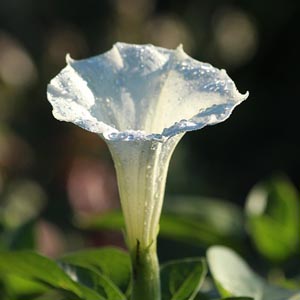 Smart Citations
Smart CitationsSee how this article has been cited at scite.ai
scite shows how a scientific paper has been cited by providing the context of the citation, a classification describing whether it supports, mentions, or contrasts the cited claim, and a label indicating in which section the citation was made.
A sabbath in the emergency room or a case of anticholinergic toxicity?
We report the case of a 32-year-old Italian man admitted to our emergency room for visual disturbances with blurred vision, anisocoria and temporal headache suddenly occurred in absence of other neurological symptoms. A diagnosis of Datura stramoniuminduced anticholinergic toxicity was done. With our work, we want to highlight the importance of a meticulous clinical examination, including papillary diameter and reflexes, combined with a detailed history of the patient in the emergency room. Anticholinergic toxicity is a medical emergency. The diagnosis is always clinical, and it can represent a challenge for the emergency clinicians because it can mimic several neurological diseases, including acute stroke and seizures, but early diagnosis is crucial to avoid severe complications and management errors.
How to Cite
PAGEPress has chosen to apply the Creative Commons Attribution NonCommercial 4.0 International License (CC BY-NC 4.0) to all manuscripts to be published.

 https://doi.org/10.4081/ecj.2022.10292
https://doi.org/10.4081/ecj.2022.10292





